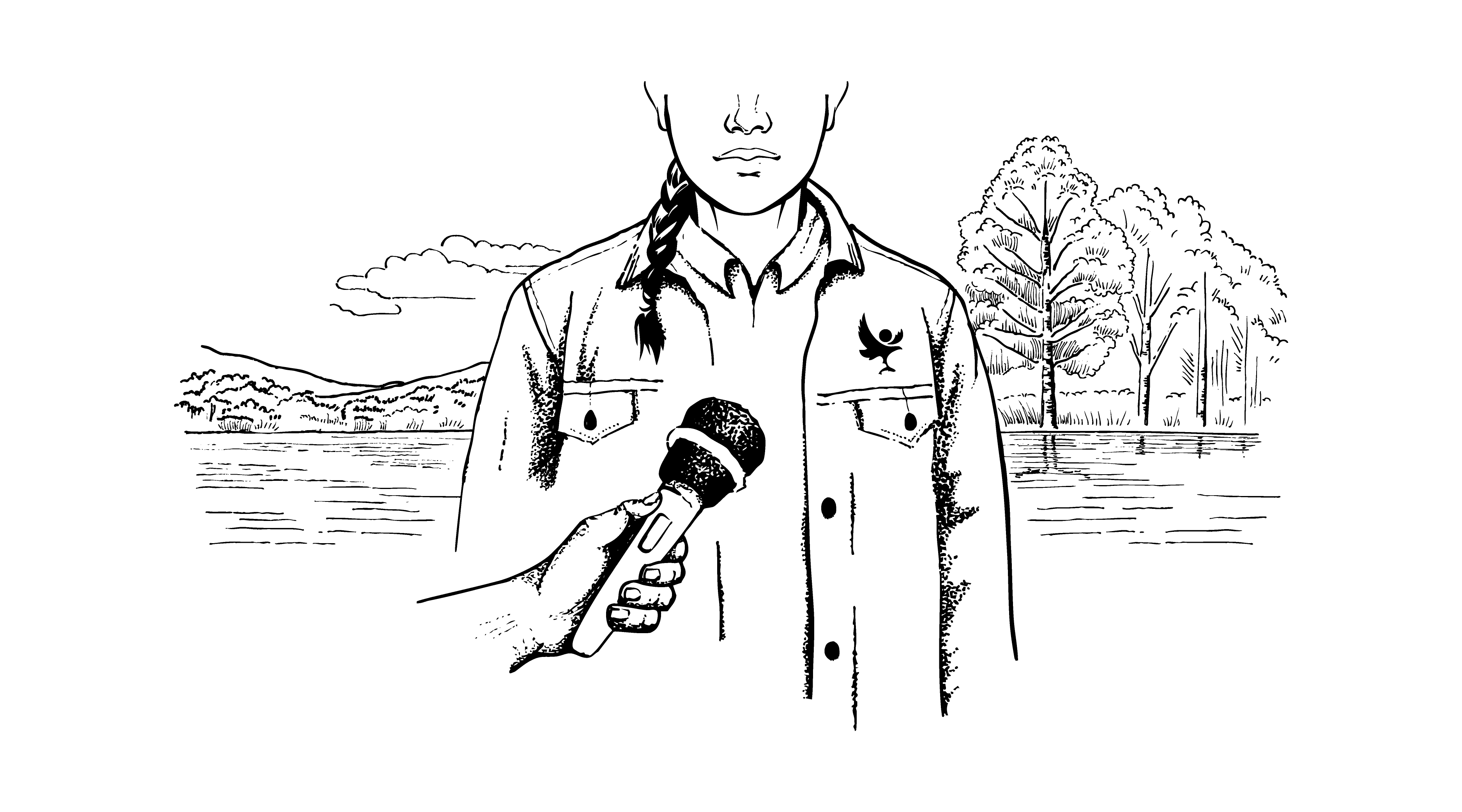Capercaillie in the frame for conservation

Capercaillie in the frame for conservation
The capercaillie is one of Scotland’s most iconic birds, but also one of the most endangered. A Cairngorms Nature project is set to enter the next stage to help safeguard their future.
Meeting in Boat of Garten this week (Friday 12th December) the Cairngorms National Park Authority (CNPA) Board will be asked to endorse the findings of the first phase of the Capercaillie Framework.
The population of the capercaillie is in decline, in 1970 there were an estimated 20,000 birds, just 40 years later around 1000 were recorded. The Cairngorms National Park is now the remaining stronghold for capercaillie, with at least 80% of the national population.
The first Phase of the Capercaillie Framework has been led by the CNPA, with the guidance of a strong team comprising RSPB, SNH, FCS, GWCT, SportScotland and Seafield Estate. The main purpose of the Capercaillie Framework is to better co-ordinate management for habitat, recreation and development to best effect for capercaillie conservation.
Hamish Trench Director of Conservation and Visitor Experience at the CNPA explains; “Expanding the capercaillie population in Strathspey is critical to the species future in Scotland. In the long term habitat expansion and improvement is key, but we also need to manage other pressures including disturbance. The Framework gives us a basis to co-ordinate effort more proactively, ensuring for example that we create bigger areas of undisturbed habitat.
In practice this will mean targeting woodland expansion, targeting recreation management in key locations and co-ordinating work to mitigate potential impacts from development.
The next phase of the work will involve working directly with land managers and communities to take forward the recommendations of the report, developing specific proposals at key locations.
Justin Prigmore, Capercaillie Framework Project Manager, added: “Public awareness will be a vital part of conservation efforts as human disturbance is a known factor influencing the capercaillie population. We will need the help of communities that are near to capercaillie habitat to support the conservation work, which might involve using different routes for dog walking or cycling during the nesting season. Local people have a huge part to play in saving this charismatic emblem of our Caledonian forest”
To read the Board paper in full please visit: https://cairngorms.co.uk/park-authority/about-us/meeting-papers/board-papers/
Alert
Latest from the National Park
Update on wildfire situation
Convener Sandy Bremner and Chief Executive Grant Moir have given an update on the ongoing wildfire situation.
Statement on wildfires
An update from Grant Moir, Chief Executive of the Cairngorms National Park Authority, on the ongoing wildfires in Moray and Highland.
New Nethy houses get green light
Meeting in Ballater, the Planning Committee approved applications for a development of 35 houses in Nethy Bridge and a floodplain restoration scheme on the River Dee.
Relevant alerts
-
As a result of ongoing efforts to tackle wildfires to the north of the Cairngorms National Park, several roads are currently closed. Scottish Fire and Rescue are in attendance and the public are advised to avoid the area, including footpaths. Road users are asked not to ignore road closed signs.
The affected roads are:
- B9007 Ferness to Duthil
- U2379 Lochindorb Road
- B939 Ferness to Grantown-on-Spey
- U2347 Braes of Castle Grant
For all the latest information check out the Scottish Fire and Rescue Service and Police Scotland website and social media.




